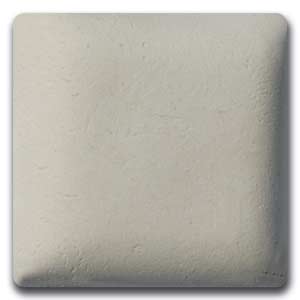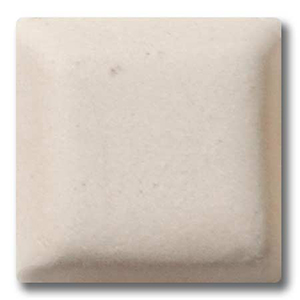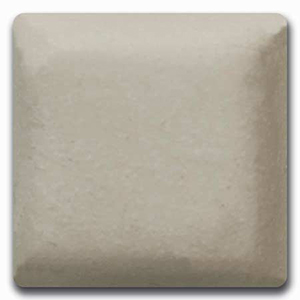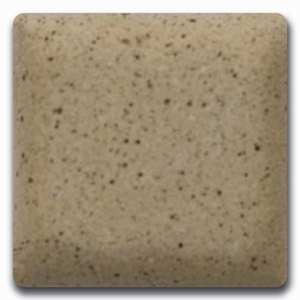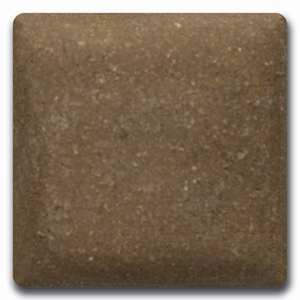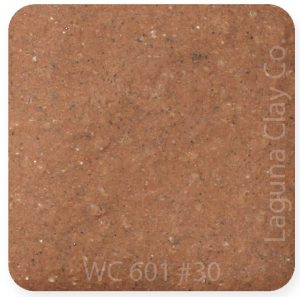Clays available at our studio
I have these clays available at the studio. They are here for your convenience. They come from Laguna Axner in Oviedo and I encourage you to buy from them. They are a Laguna clay distributor. They have more options and their prices are better. With Axner you have to place your order a few days before you want to pick it up. They'll call you when it's ready. They're a warehouse, not a retail store. (Update as of 2023, they're more like a retail store. You can walk in between 9:00 AM and 3:00 PM, M-F.)
You should also check out Florida Clay Art. They are in Sanford. Carole, the owner, is great and her store is a retail operation. So you can go by during business hours and purchase things like you would at a regular store. She's a stocking distributor for Standard Clay and for Amaco Clay and Glazes, among a million other things.
I offer clay in 25 lb bags. If you’re experienced you know that stores sell clay in 50 lb boxes, so if you’re just starting out this may be helpful. It lets you get started with less investment. They are all $1.60 per lb ($40/bag). This price reflects my cost of buying clay, keeping it on site, and selling it to you. That’s why the prices are higher than if you drive yourself to Axner. Buying clay from me is a good option for people who don't plan to produce a lot of work.
When you're ready to have your pieces fired, here's info.
Laguna B-Mix
WC-401
B-Mix 5's smooth, porcelain texture is a pleasure to throw and form, and it fires to a cream color in oxidation.
Mark’s notes: I've been using B-Mix a lot the past few months. I like it. It’s my go-to for functional ware. It's "porcelain-like" in the way the slip feels.
Laguna B-Mix with Grog WC-436
A very fine grog makes for a more forgiving body with a slight texture and minimal speckling.
Mark’s notes: This is what Angie uses for teaching handbuilding. It's also nice for throwing if you like a little tooth in your clay. The grog is very fine so fairly easy on my hands.
Laguna Speckled B-Mix WC-408
A speckled mid temperature, smooth, porcelaineous stoneware that is very plastic and workable. This clay prefers slow drying and ample compression on rims and bottoms to avoid cracks.
Mark’s notes: I've seen a few reports of issues with this clay bloating above Cone 5. I've fired it to Cone 6 successfully, but it's worth noting. If you want to try it, remind me when we fire it and I'll put it at the bottom of the kiln where it's closer to Cone 5.5.
Laguna #66
Same as the WC-609 Miller #65 clay but includes sand, making it quite desirable for tile, slabs and handbuilding.
Mark’s notes: I haven't used this clay yet but I have two bags available. #65 was my previous favorite for white stoneware, although I've moved on to B-mix as my standard. This is the same except it has find sand (grog).
Laguna #60
This clay is compounded to be a stoneware clay with specks that bleed through the glaze, giving the appearance of iron burning through, typical of reduction glazes and clays. A very popular throwing clay for production potters who want to add the speck dimension to their ware.
Mark’s notes: This clay is a little groggy but not objectionably so. I’m not sure if I will use it for delicate functional ware. I've been making large bowls with it. It throws nicely and can be pulled pretty thin. It’s less speckled than 50 and it fires more tan. I especially like it for slab work and making plates and platters.
Laguna #75
A good wheel and handbuilding clay body, dark in fired color at Cone 6. Iron colorants in body enhance most glaze color developments.
Mark's notes: We have been using this clay to make plates and handbuilding Christmas ornaments. I love the way it fires to a dark brown. It looks like gingerbread. I haven't thrown with it yet.
Laguna #30
Terra cotta. A medium texture, plastic red body. Compounded with fireclay and medium grog. Ideal for large sculptures and hand built work, may be thrown on the wheel.
Mark’s notes: This clay seems like it’s out of production but I got several hundred pounds recently. It’s terra cotta like but not technically terra cotta because it’s mid fire. I plan to use it for flower pots and growing structures for our orchids. After testing I found that it's quite vitreous at Cone 6 -- enough that plants may be too wet unlike traditional terra cotta which is quite porous. This is good news if you're making functional ware!

